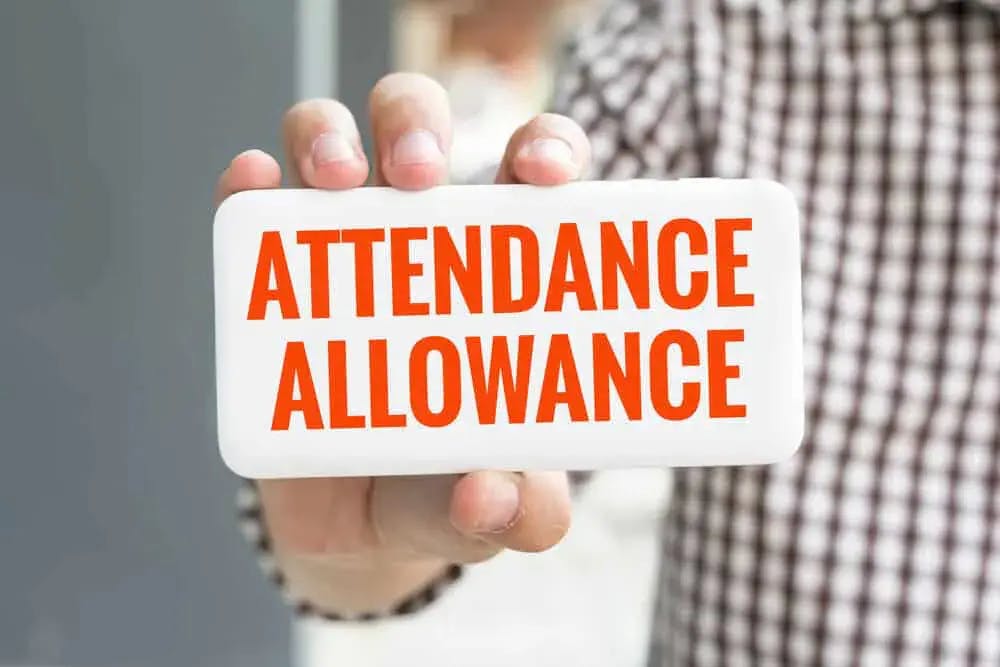NHS Continuing Healthcare Checklist (CHC) | What It Includes and How It Works

Estimated Reading Time: 5 minutes
NHS continuing healthcare is a package of care given to people aged 18 and over who have been assessed as having a ‘primary health need’. If eligible, your care will be funded, often entirely, by the NHS. Care can also be arranged on your behalf, or you can find your own care solution.
Eligibility is determined through two assessments from your local integrated care board (ICB). These are NHS organisations in charge of planning health services across England. The first assessment is known as the NHS continuing healthcare checklist, and we’ve explained how it works in this article.
Based on the results of this checklist, you may undergo a full assessment before a final decision about your eligibility is made.
Kickstart your care search
Discover the best care homes in your area through Lottie.
In this article:
- What is the NHS continuing healthcare checklist?
- How a decision is made for the continuing healthcare checklist
- Why is this checklist used?
- Who can it be completed by?
- How to apply for a checklist
- What happens next?
What is the NHS Continuing Healthcare Checklist?
The NHS continuing healthcare checklist is the first stage in determining your eligibility for free care funded by the NHS. This checklist is used to work out if you need a full assessment.
GOV.UK have put together several pieces of guidance relating to the NHS continuing healthcare checklist. You can also find detailed information about this checklist, along with an example form.
The need for a checklist is usually triggered when:
- You’re going into a care home that provides nursing care
- You have significant long-term care needs
If you think you may be eligible, you can request a checklist at any time. If you have a rapidly deteriorating condition, this stage will be skipped and the Fast Track Pathway Tool is followed.
How a Decision Is Made For the Continuing Healthcare Checklist
A decision is made based on 11 care domains. These are:
- Breathing*
- Nutrition - food and drink
- Continence
- Skin and tissue viability
- Mobility
- Communication
- Psychological & Emotional needs
- Cognition
- Behaviour*
- Drug therapies and medication*
- Altered states of consciousness*
For each of these care domains, you’ll be scored A, B or C, with A meaning a high level of care is needed, while C means a lower level of care is required.
You’ll move on to the full assessment if you have at least one of the following:
- 2 or more As
- 5 or more Bs
- 1 A and 4 Bs
- At least 1 A in any domain marked with an asterisk (such as ‘breathing’)
For more information, check out our downloadable Continuing Healthcare checklist guide.
Why Is This Checklist Used?
This checklist allows health and social care professionals to easily and quickly determine whether someone should have a full assessment for NHS continuing healthcare, or if they aren’t eligible for it.
We’re here to help you find the right care home for you or your loved one. You can request a free list of care homes from our care experts, who will then share homes matching your budget, location and type of care needed. You can also search for a care home through our easy-to-use directory.
Who Can It Be Completed By?
This checklist can be completed by a range of health and social care professionals, such as your GP, a registered NHS nurse, a social worker, a care manager, or someone else who falls within this bracket.
The person filling in the checklist needs to be familiar with this process. They should also have been trained in the National Framework for Continuing Healthcare and NHS-funded nursing care.
How To Apply For a Checklist
How you should apply depends on where you or your loved one lives:
If you live at home - Call your local integrated care board’s NHS continuing healthcare department to arrange a checklist directly
If you live in a care home or somewhere similar - Ask the care home manager to contact the local integrated care board to get a checklist arranged
What Happens Next?
After the checklist has been completed, there are two possible outcomes:
A positive checklist - You require a full assessment of eligibility for NHS continuing healthcare (this doesn’t mean you’re guaranteed to get it). If this happens, your local integrated care board will arrange for the full assessment to take place. This full assessment will be carried out by a multidisciplinary team (a mixture of health and social care professionals from different disciplines)
A negative checklist - You aren’t eligible for NHS continuing healthcare, so you don’t require a full assessment of eligibility. If this happens, you can ask your local integrated care board to reconsider this decision. However, the threshold is purposely low to ensure people don’t miss out, so there’s no guarantee the outcome will be different. People often reapply if their needs change
How long does a decision take?
A decision about your eligibility for a full assessment should be made within 28 days of an initial assessment. Your local integrated care board will make this decision about your eligibility.
Lottie matches care seekers with the best care homes for their needs. You can request a free care home shortlist from our care experts, who will share homes matching your budget, location and type of care needed. You can also search for a care home through our easy-to-use directory.
Free Care Fees & Funding Email Course
Written by our team of experts and designed to help families fund later life care in England.



